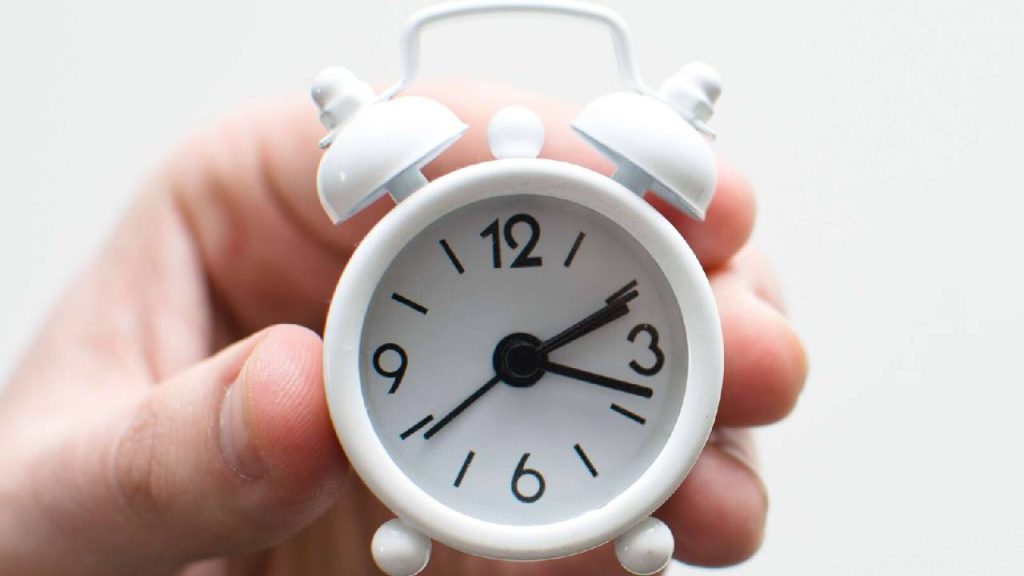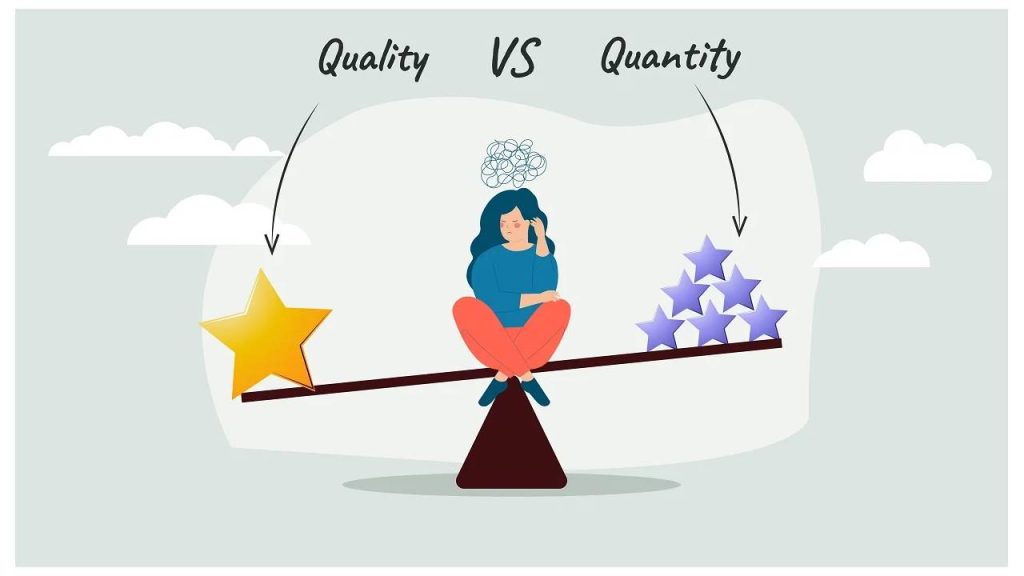
It’s often said that “money can’t buy happiness,” but research and real-life experiences suggest that how you spend your money can significantly influence your well-being. Happiness isn’t about mindless spending or accumulating material wealth. Instead, it’s about making mindful financial decisions that align with your values and priorities. In this blog, we explore actionable strategies to use your money to enhance happiness and satisfaction in life.
The Science Behind Money and Happiness
Studies have shown that money contributes to happiness, but only up to a certain point. Once basic needs such as food, shelter, and security are met, additional income has diminishing returns on happiness. This suggests that how you allocate your resources is far more critical than how much you earn. The key lies in understanding your values and making purposeful spending decisions that align with them.
1. Spend on Experiences, Not Things

One of the most effective ways to buy happiness is to spend money on experiences rather than material possessions. Why? Experiences create lasting memories, strengthen relationships, and provide a sense of fulfillment that material goods often fail to deliver.
Examples:
- Plan a family vacation or a weekend getaway.
- Attend a concert, workshop, or community event.
- Try out new activities like cooking classes or adventure sports.
Why It Works:
- Experiences often involve social interactions, which are proven to boost happiness.
- They’re unique and provide stories to share, unlike possessions that may lose their appeal over time.
2. Invest in Relationships

Strong relationships are a cornerstone of happiness. Spending money on nurturing your connections with family, friends, or your community can have a profound impact on your well-being.
Examples:
- Host a dinner party or gather for a movie night.
- Buy thoughtful gifts for loved ones.
- Donate to causes or communities you care about.
Why It Works:
- Acts of kindness, like giving or sharing, release endorphins and foster emotional bonds.
- Meaningful relationships reduce stress and promote mental health.
3. Buy Time for Yourself

Time is one of the most valuable resources, and spending money to free up your time can lead to greater happiness. By delegating tasks or simplifying routines, you can focus on activities that bring you joy.
Examples:
- Hire help for household chores like cleaning or cooking.
- Use delivery services for groceries and essentials.
- Opt for tools or subscriptions that save time, such as automated bill payments or time-management apps.
Why It Works:
- Freeing up time allows you to engage in hobbies, self-care, and quality time with loved ones.
- Reducing daily stressors improves overall satisfaction.
4. Spend on Self-Improvement
Investing in personal growth and development is another excellent way to buy happiness. This type of spending enhances your skills, broadens your perspective, and boosts self-esteem.
Examples:
- Enroll in courses to learn new skills or advance your career.
- Buy books or subscribe to educational platforms.
- Invest in health and fitness programs, like gym memberships or wellness retreats.
Why It Works:
- Personal growth provides a sense of achievement and purpose.
- Improved skills and health lead to long-term benefits in various areas of life.
5. Practice Generosity
Giving is a powerful way to find joy and meaning. When you use your money to help others, it creates a sense of purpose and gratitude that enhances your own happiness.
Examples:
- Donate to charities or causes you believe in.
- Support small businesses or local artisans.
- Offer financial help to someone in need.
Why It Works:
- Generosity fosters a sense of connection and community.
- Knowing that you’ve made a difference brings inner satisfaction.
6. Focus on Quality Over Quantity

Rather than accumulating cheap or low-quality items, focus on fewer, high-quality purchases that bring lasting value and joy. This approach not only saves money in the long run but also reduces clutter and promotes mindfulness.
Examples:
- Buy durable clothing, gadgets, or furniture instead of low-cost, disposable options.
- Invest in a few good meals at a favorite restaurant rather than frequenting fast-food chains.
- Choose meaningful, well-crafted gifts over mass-produced items.
Why It Works:
- High-quality purchases often have a longer lifespan, reducing the need for replacements.
- Mindful consumption enhances appreciation for the things you own.
7. Plan for the Future
Financial security plays a vital role in long-term happiness. Spending money wisely today to ensure a stable future can provide peace of mind and reduce stress.
Examples:
- Build an emergency fund for unexpected expenses.
- Invest in retirement savings or insurance plans.
- Save for future goals, such as homeownership, education, or travel.
Why It Works:
- Financial security alleviates anxiety and provides a safety net.
- Planning for the future allows you to enjoy the present without constant worry.
Conclusion: The Art of Intentional Spending
Happiness isn’t about how much money you have but how you choose to use it. By prioritizing experiences, relationships, self-improvement, and financial security, you can turn money into a tool for joy and fulfillment. The key is to spend mindfully, aligning your financial choices with your values and goals.
Remember, money itself doesn’t buy happiness—it’s the intentional decisions behind spending it that make all the difference. Start today by reevaluating your financial habits and investing in what truly brings you joy and contentment.
Also read:
- Best 5 CRM for Small Businesses: Top Solutions and Leading Companies in the USA
- Best 5 Business Loan Provider!
- Car Insurance Quotes: Top 5 Companies in the USA
- His Dog Unexpectedly Ran Into The Forest – When He Finally Found It, His Blood Ran Cold!
- Moose Breaks Into Hospital—Nurse Brought to Tears by What She Sees on its Antlers.

Leave a Reply